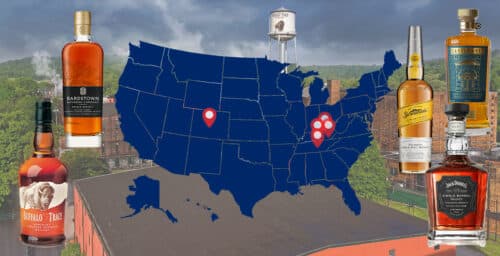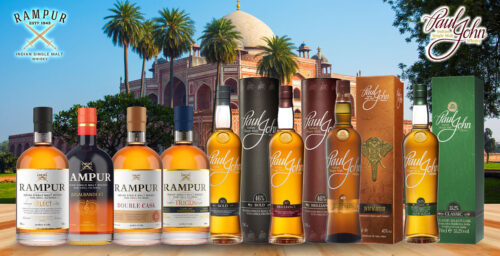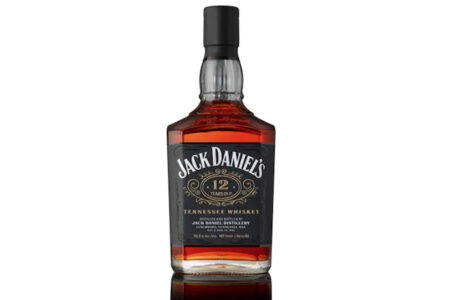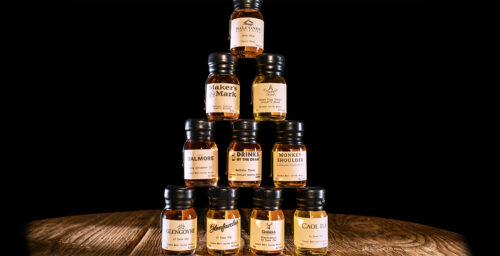Editor’s Note: The Whiskey Wash welcomes Virginia Miller as a new contributor.
The spirits explosion is undisputed. Thanks to global cocktail love and the nonstop growth of spirits collectors in every category, from whiskey to Cognac, distillers can’t keep up with demand. As the established brands devise and revise production plans, the rise of local, small batch distilleries continues to proliferate not just in the U.S., but globally. “Craft distilling” is officially mainstream.
But this conversation has been going on for a decade. Big brands have taken notice, and continue to buy out successful small brands or even launch their own smaller, “artisanal” production lines. With the volume of small production spirits, some are rising to the top, while others are getting lost in the noise. Where does an industry go after a decade plus of unprecedented growth?
In the Bay Area at one of the craft spirits pioneers since 1982, St. George Spirits’ head distiller Dave Smith comments, “I think that a key point in the coming years for craft distillation will be the production and release of higher quality spirits. We’re going to continue to see more — and better — aged whiskies as smaller producers continue to invest in that future year over year. In the meantime, we’ll continue to see more complex spirits like gin and amaro grow and become more competitively nuanced. Hopefully, craft distilleries aren’t emulating other brands but are instead utilizing their spirits to add something truly unique to the market.”
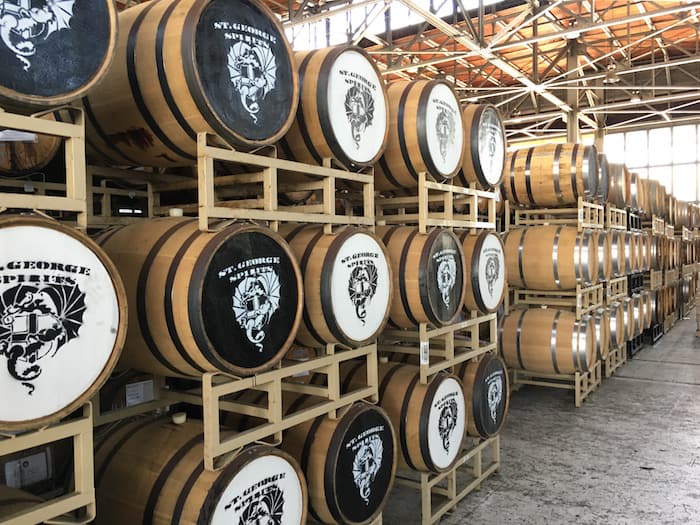
Karen Hoskin, president/CEO of Montanya Distillers in Crested Butte, Colorado, comments further: “We have already found that consumers are becoming very savvy and learning to ask the important questions about spirits origins, ingredients, and process. I think next we will need to consider the environmental impacts of our industry and begin to work toward a system more like ‘fair trade’ for our ingredients, to be sure they are being grown sustainably and humanely. This is particularly true with sugar cane, but also related in the U.S. to GMO’s, pesticides, water quality, and worker safety.”
These areas of fair trade and sustainable, humane spirits production are extremely complicated, and distillers have been struggling to make strides for years. Whether sourcing fair trade sugarcane or seeking out organic, local ingredients, there are countless roadblocks to making inroads or to pursuing a new path. But some have already started the process of trying to figure out creative ways to handle the issue of sustainability.
Former chief distiller at Tuthilltown Spirits Distillery, Gable Erenzo launched Gardiner Liquid Mercantile, partnering with a local 4th generation orchard in the town of Gardiner, New York. They run Main Street Farm Shop, Cafe, and Bar and produce food and spirits sourced from ingredients grown within 20 miles of Gardiner Village.
Erenzo talks about what’s next for the industry: “I believe we will begin to see a contraction in the craft beverage world. As each market and distributor portfolio is reaching its saturation point for distribution, the entry to market becomes harder and harder for small brands. Farmers, distillers, brewers, cider makers, and entrepreneurs will begin to focus more on vertical integration and their hyper-local market. Laws around the country are changing and bypassing the three-tiered system, opening up the opportunity for distillers like me to make a living by distilling only as much as we can sell at our own bars, tasting rooms, and retail stores.”
He goes on to explain how this allows greater freedom to pursue local and sustainable spirits: “With the focus on farming, craft and localization, the consumer is eager to explore what is made with local ingredients by local craftsman and only available in that locale. When the craftsman is able to sell all their wares at their own establishment, at full retail price, bypassing the middlemen, they have to sell significantly less and have a fraction of the overhead. This also frees them up from the hustle of sales, marketing and distribution to do what they actually wanted to do in the first place: develop, distill, diversify, improve. Allow the craftsman to be craftsman.”
Approaching sustainability and forward-thinking practices from another angle, Our/Vodka in Stockholm, Sweden, started in 2010 under the umbrella of Pernod Ricard (home to Jameson, Absolut, etc.) with big brand funding and startup spirit. Åsa Caap created a unique program partnering with local entrepreneurs who wish to create spirits in urban settings, providing the money and backing of a major spirits corporation but producing spirits at micro-distilleries in cities from Berlin and Detroit to Amsterdam and London. Labeling where and when spirits were made on each bottle, they use local ingredients and production facilities, sharing in the profits with the local entrepreneur. It’s an outside-the-box model for cutting down carbon footprint and making spirits production more sustainable, while allowing local expression and unique flavor profiles in each city and country.
As Smith at St. George explained, more time for aged, quality products will also change the craft industry in the next few years. Andrew Faulkner of ADI (American Distilling Institute) and Managing Editor at Distiller Magazine comments further: “More distilleries will be able to offer older expressions of their whiskies. Right now, there are only a handful of distilleries that can offer a 10-year-old whiskey. This number will increase with time and the whiskey offerings from craft American distilleries will increase in number and excellence.”
Faulkner also predicts a rise in herbal liqueurs, explaining, “There is a lot of experimentation with botanicals in spirits and the next few decades should see a huge proliferation in the number of amari offered.”
With over 1,000 “craft” distilleries now in operation — a growth of nearly 10 times in just one decade — in addition to almost 2,000 permits issued for distilleries in the works, we could begin to see a plateau or a “survival of the fittest” for the strongest or most interesting brands. A key growth area for distillers is to differentiate or create unique, excellent products when there are hundreds of choices in every category. Another frontier broached but not conquered is sustainability and best practices in each spirits category and region of the world.
From sourcing of ingredients and worker safety to longer aging and greater experimentation, it seems this past decade of unprecedented growth has opened the door for distillers to hone quality and seek new levels of expression in the coming decade.

